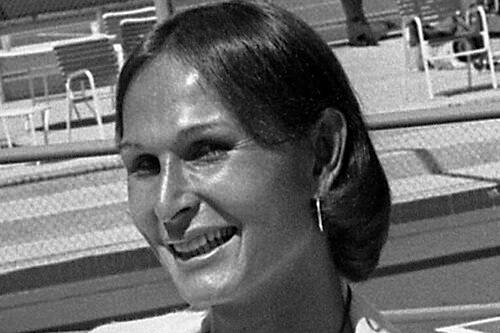Table of Contents
Who is Renée Richards?
Renée Richards, born Richard Raskind on August 19, 1934, is a renowned ophthalmologist and former professional tennis player from the United States. Raised in New York City, she showcased a natural talent for tennis early in her life. After earning a degree from Yale University, she pursued a medical career at the University of Rochester, specializing in ophthalmology. Tennis remained a significant part of her life, and she even attained a national ranking of 13th. However, Richards grappled with her gender identity for a significant portion of her life. In 1975, she underwent gender reassignment surgery and began living as Renée Richards. Her struggle to compete as a woman in the 1976 US Open brought her widespread recognition.
What made Renée Richards famous?
The rise to fame of this individual was marked by a series of events that began with their professional debut in the MMA circuit in 2012. However, it was their public declaration as a transgender woman in 2013 that catapulted them into the limelight. This announcement sparked a widespread debate within the MMA community and beyond, questioning the fairness of a transgender woman competing against cisgender women. Critics pointed to potential physical advantages such as bone density and muscle mass, while medical professionals, including those from the Association of Boxing Commissions, countered that hormone therapy, which this individual had undergone, negates any physiological advantages. The individual’s sexual orientation has also been a subject of public curiosity and discussion.
Is Renée Richards trans?
The rise to prominence of this individual was a result of a myriad of factors. Initially, she withdrew from the limelight, only to make a triumphant return to the fields of modeling and acting. Her autobiography, “I Am a Woman”, published in 1989, provided an intimate look into her life as a transgender woman. However, her fame was not limited to her professional accomplishments. Following an annulled marriage in 1990 due to her birth certificate identifying her as male, she became a fervent advocate for transgender rights. She challenged the UK government’s refusal to amend her birth certificate in the European Court of Human Rights, winning the case in 1992, although the decision was later reversed. Despite these challenges, she remains a vocal supporter of transgender rights, continually raising awareness about the struggles she faced during her transition.


